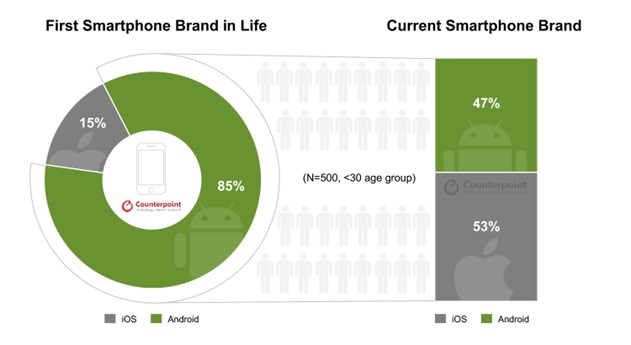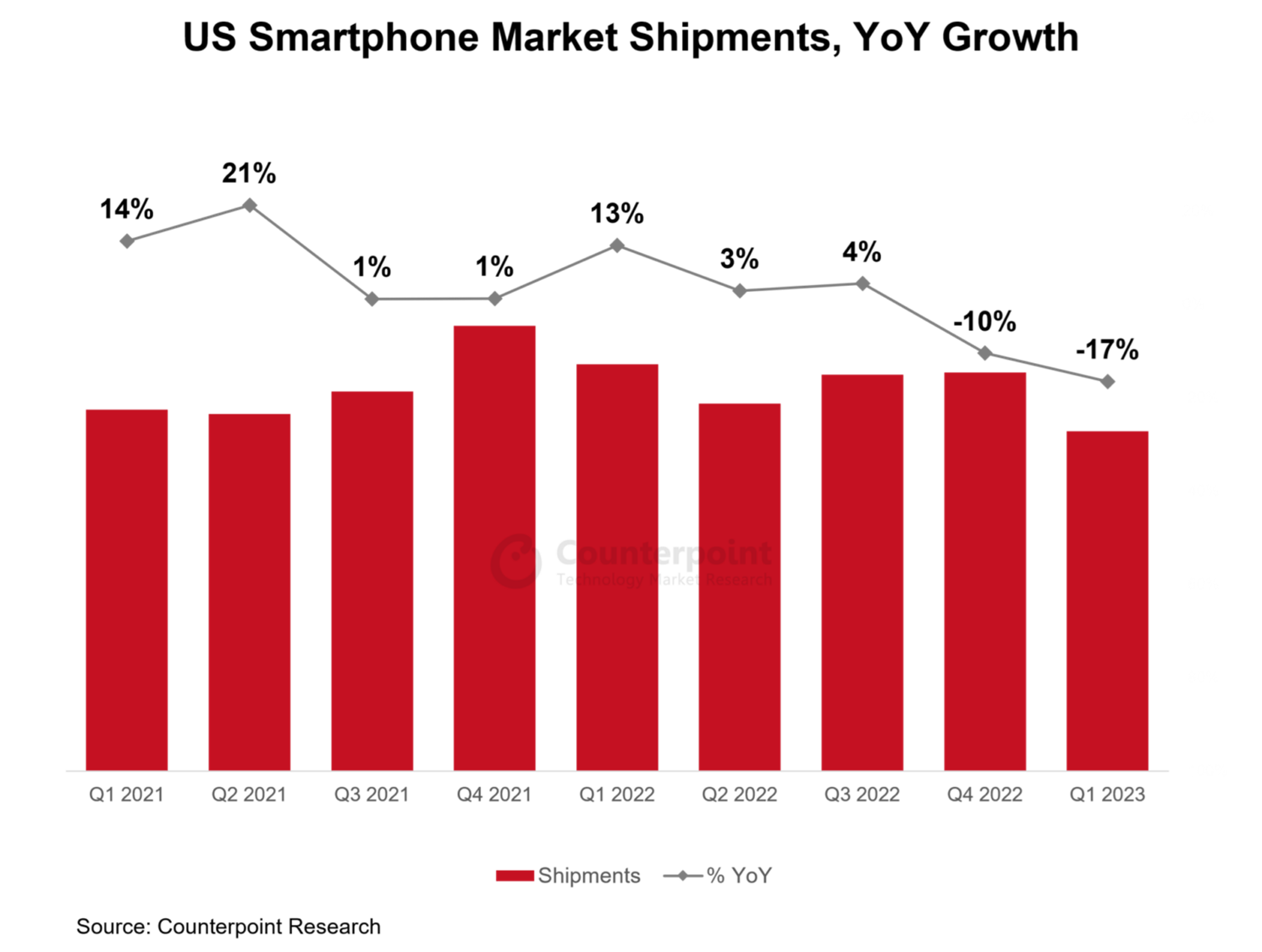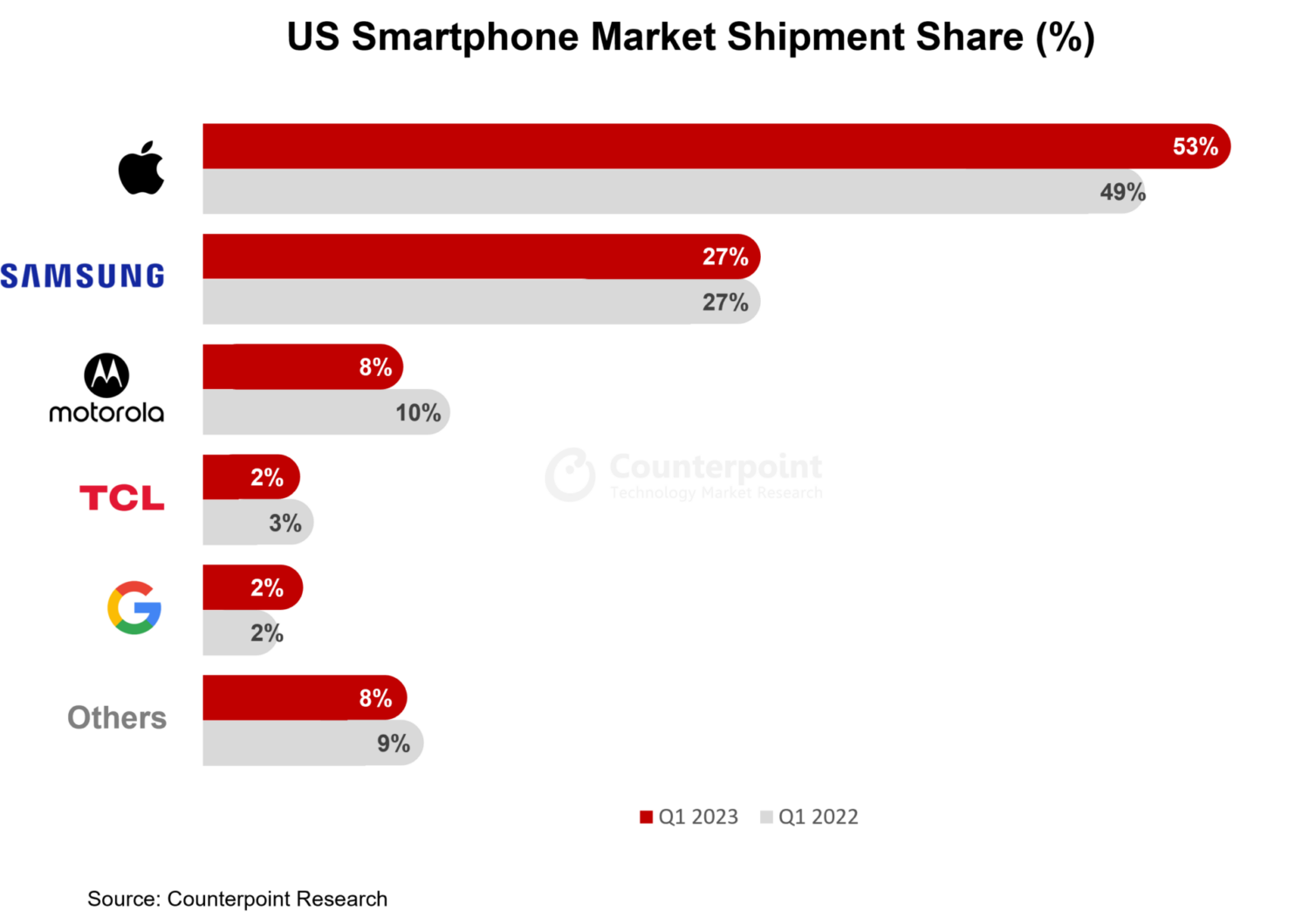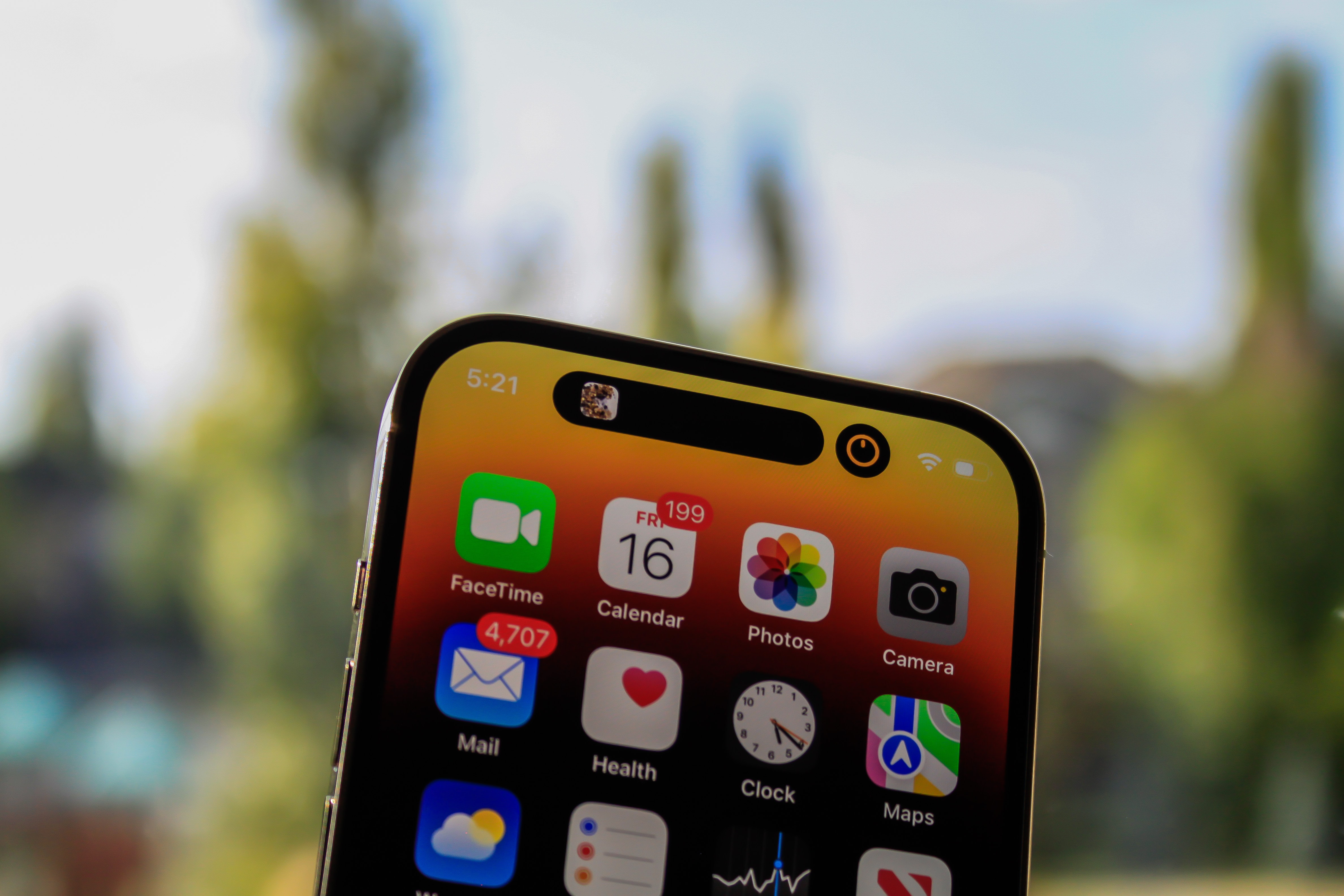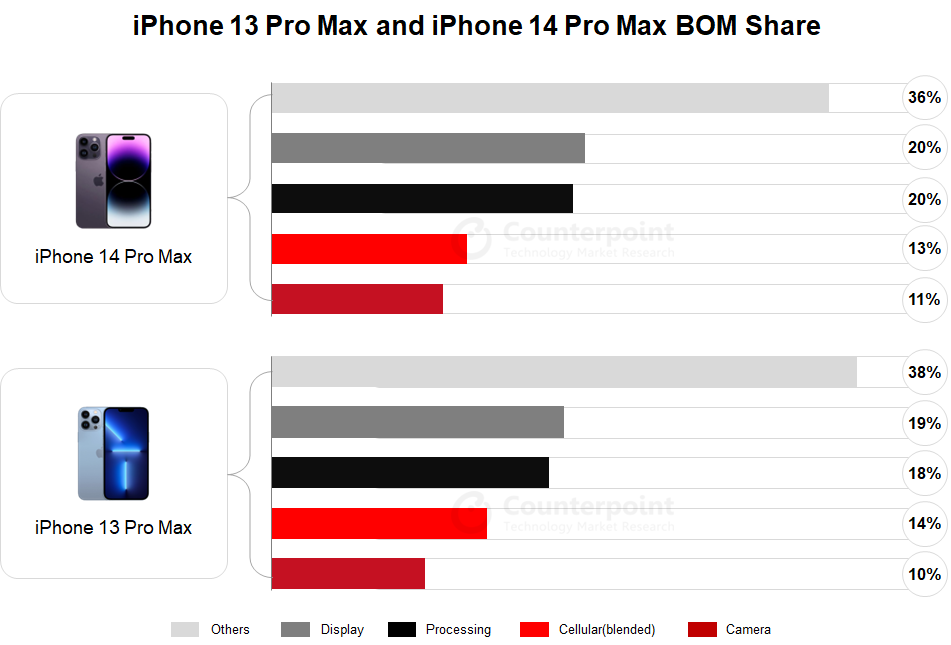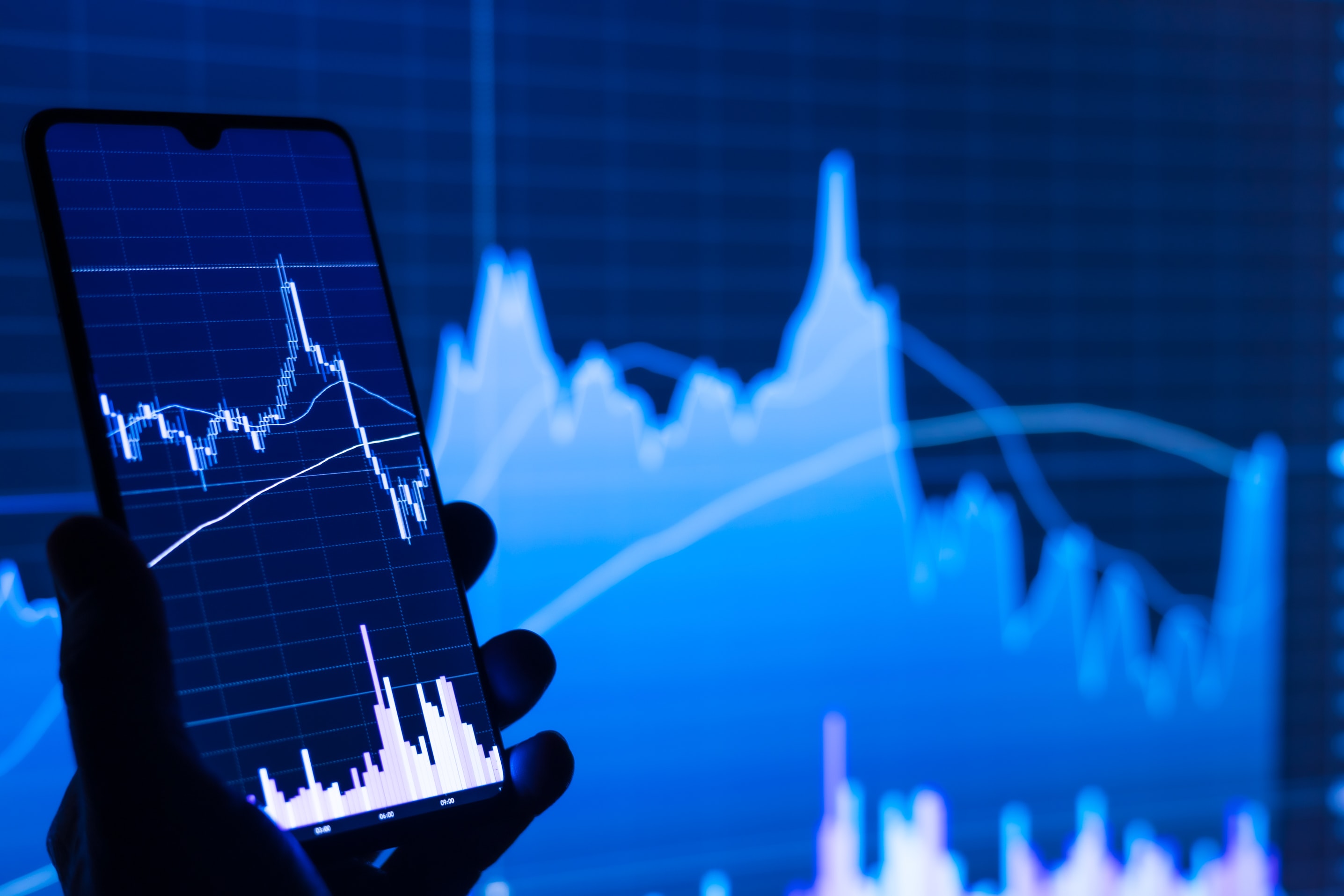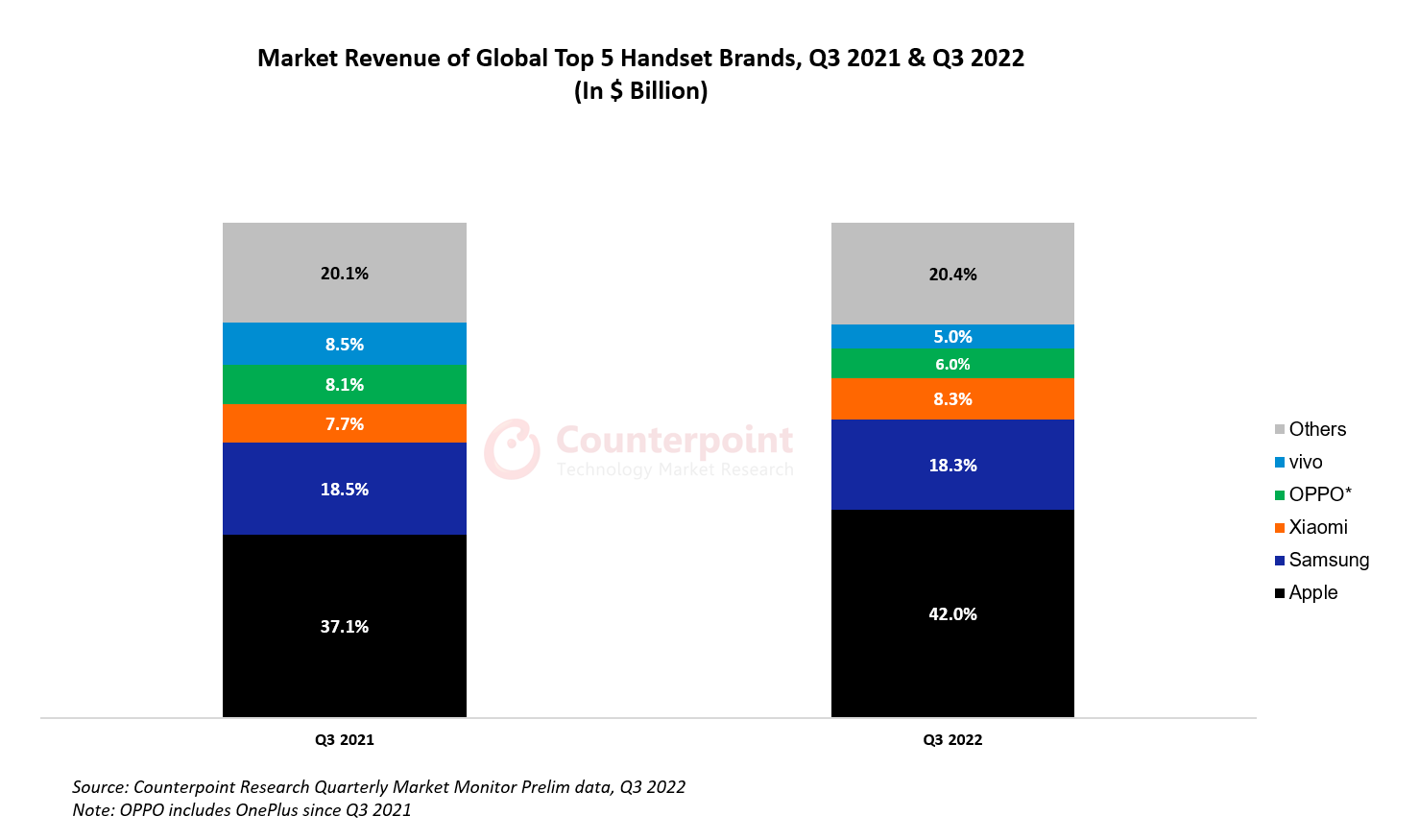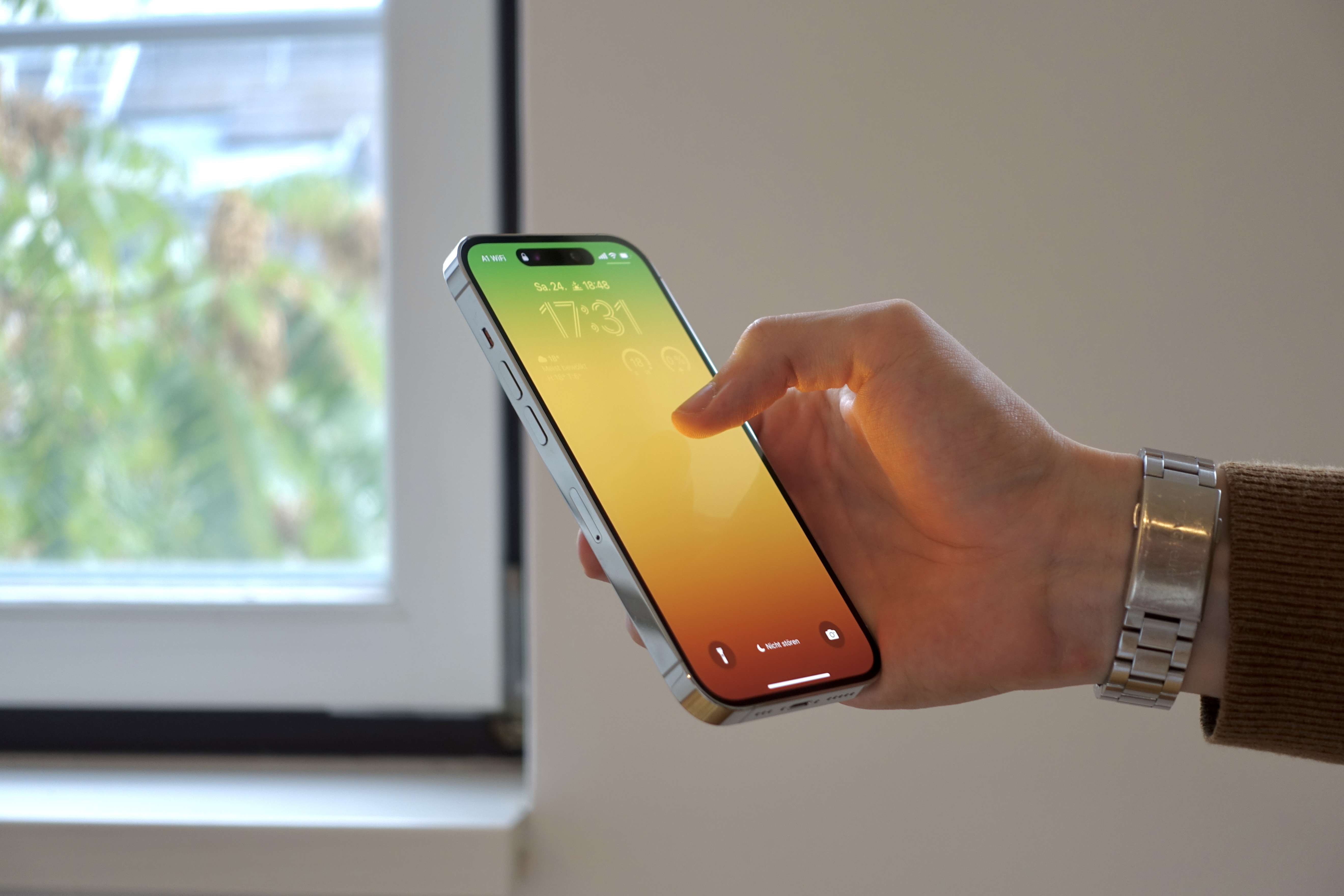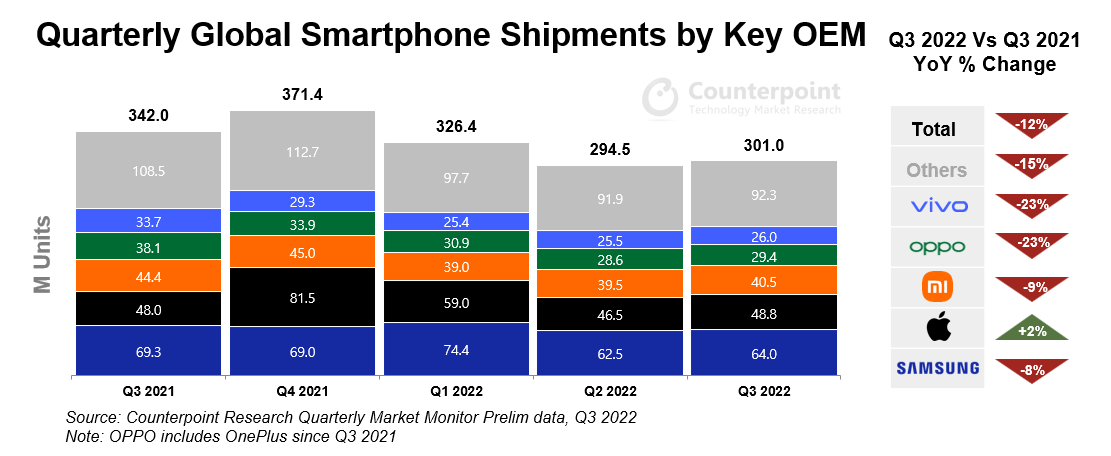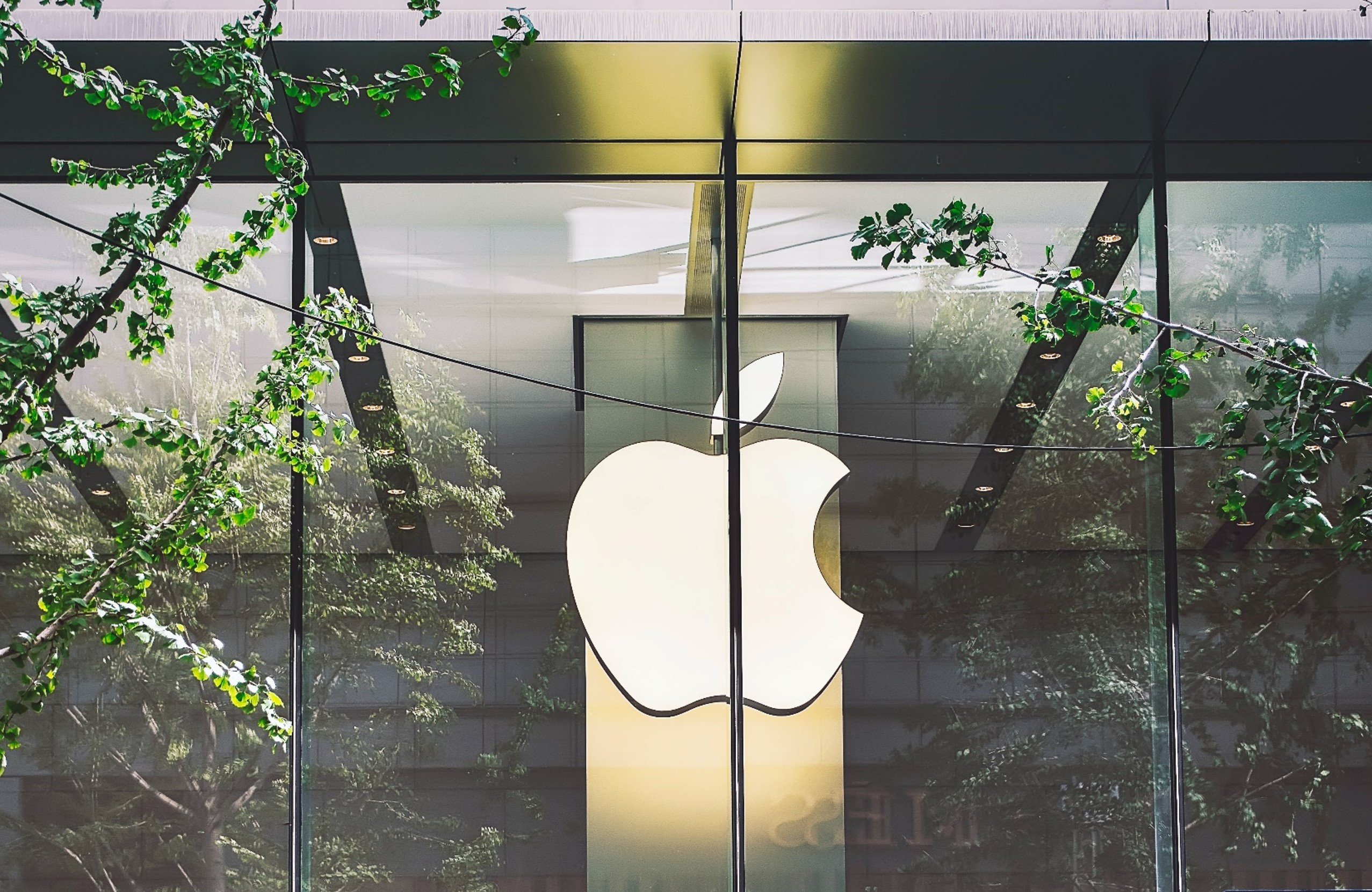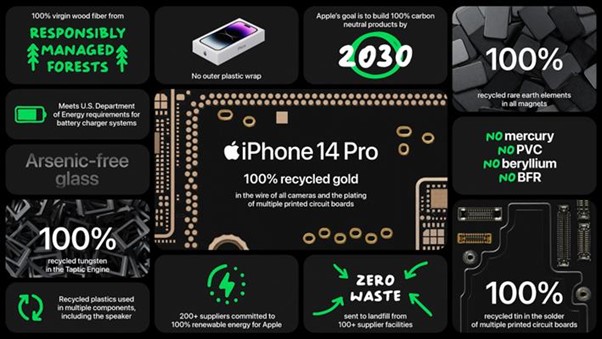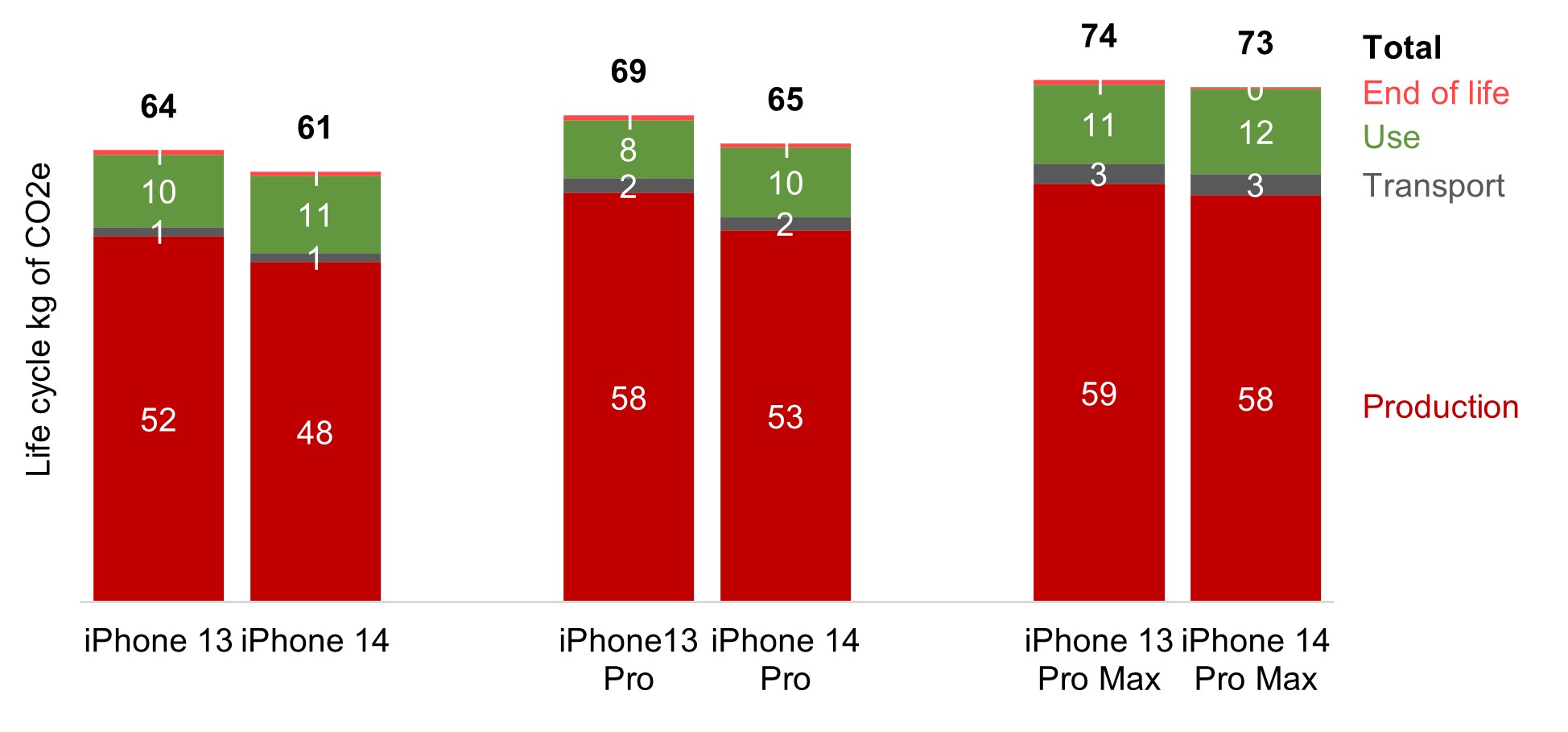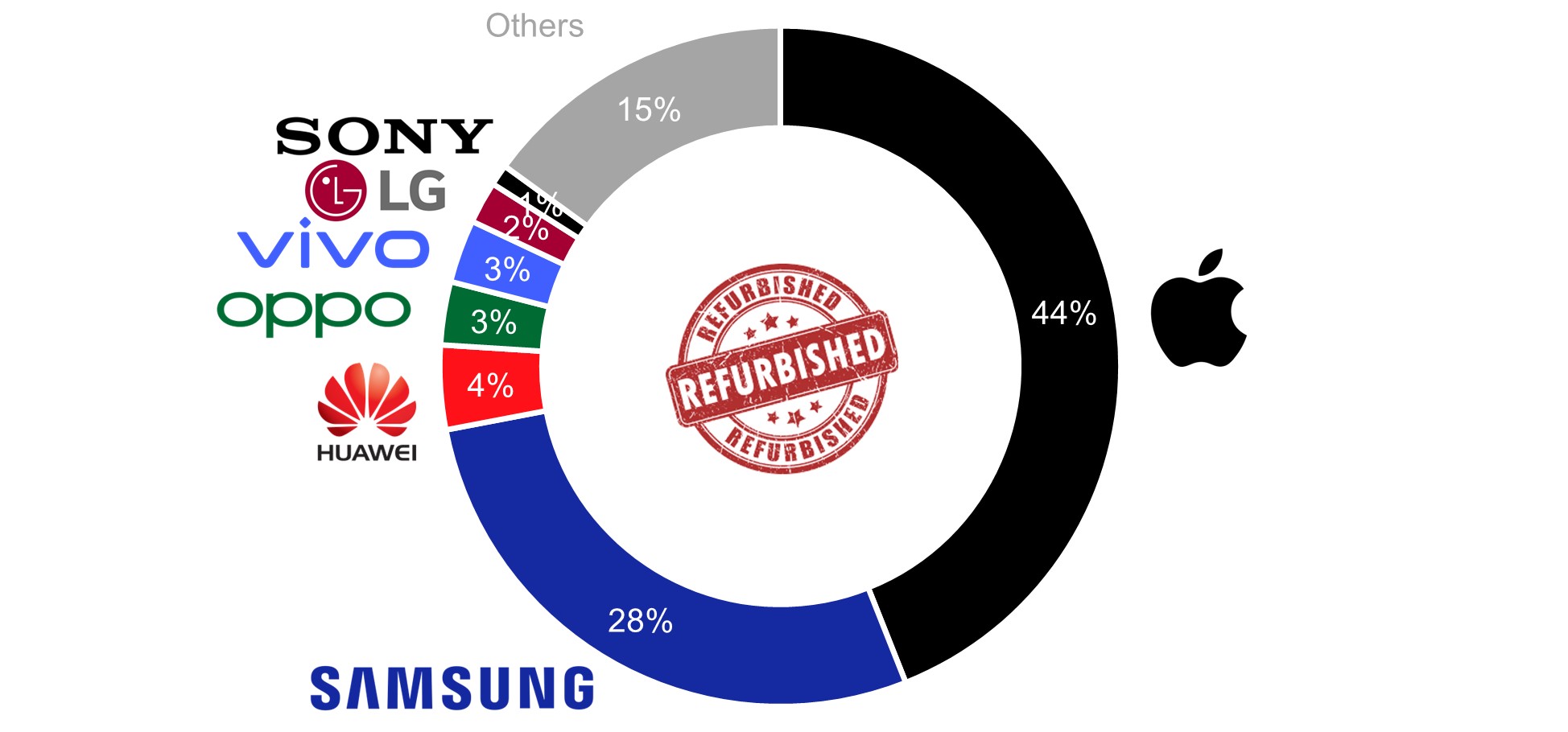- Footfalls at Apple Stores in the US were up on the launch day for iPhone series sales, with the iPhone 15 Pro Max being the top model in demand.
- Delivery times for all models are becoming longer compared to the iPhone 14 series launch.
- eSIM activation process has become smoother with the second eSIM-only iPhone launch.
- Apple Store executives are heavily pushing the gaming aspect of the new Pro series.
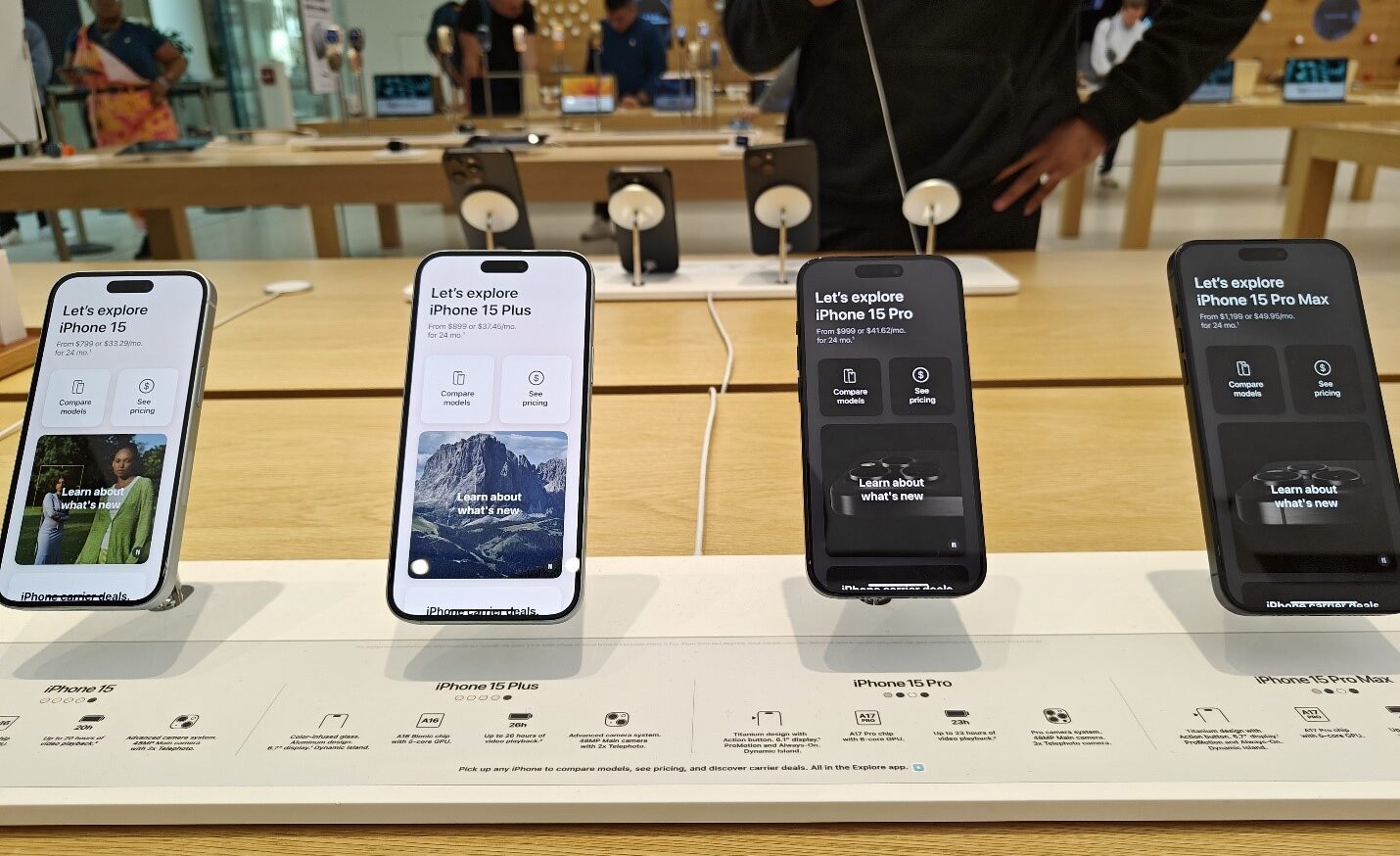
Apple Store sales for the iPhone 15 series started in the US on September 22, with people lining up outside the stores across the country to get their hands on the devices. This year felt a bit different compared to the previous three years –wait queues seemed to be much longer and more in-person shopping was done. Gone were the COVID-19 distancing measures and online-order pushes from Apple and carriers alike. Here are the five big takeaways from the sales launch day:
- Store traffic for Apple locations is up while carriers see limited uptake: It seems we are back to waiting in long lines to purchase new Apple products during launch season. Just like last year’s launch, Tim Cook opened the sales at Apple’s 5th Avenue store in New York and greeted customers personally. Carrier stores, on the other hand, saw limited traffic and constrained iPhone inventory as Apple more tightly controls the supply during launch.
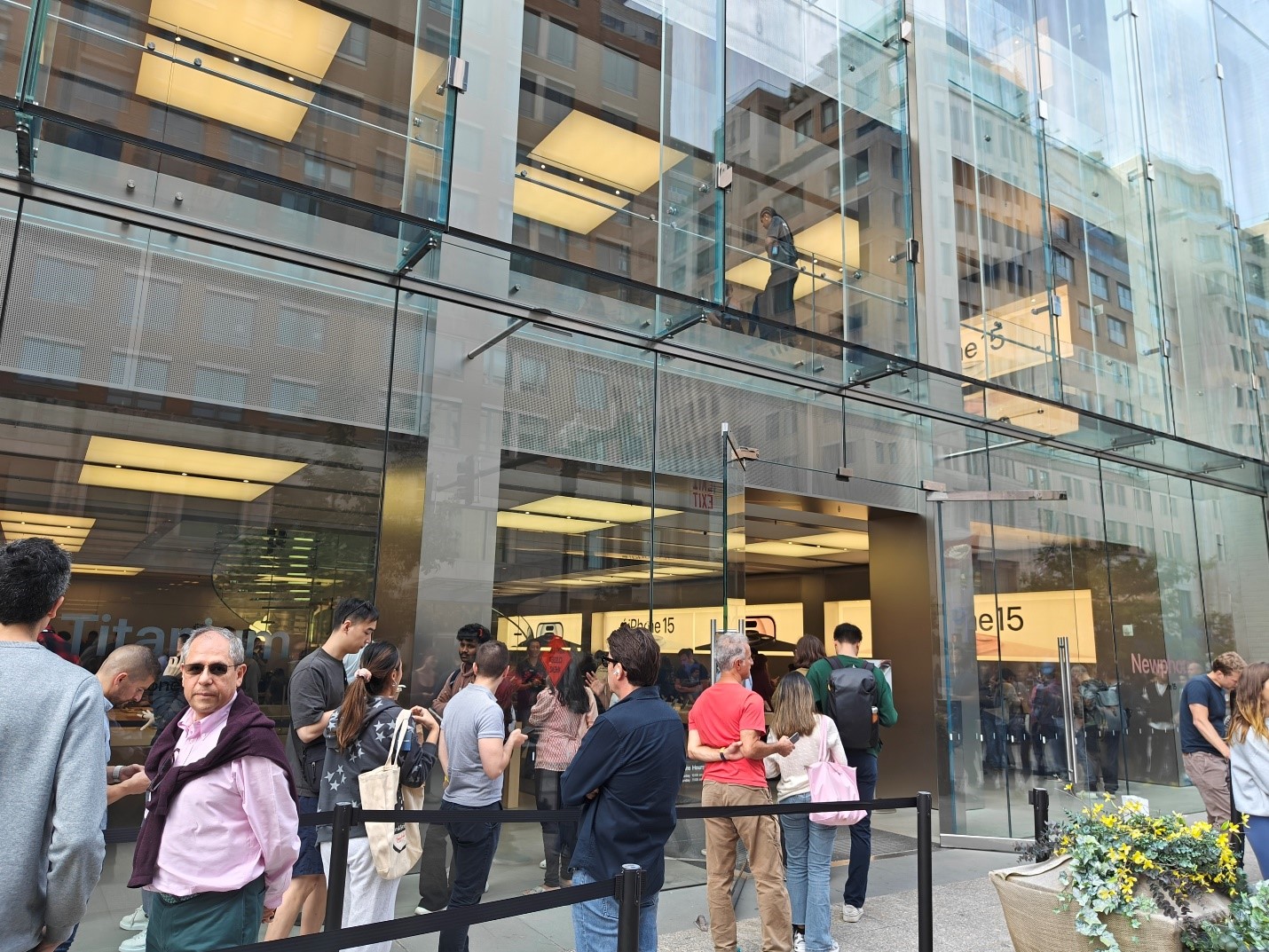
- iPhone 15 Pro and Pro Max are selling out or very limited quantity remains: As we have seen in previous launches, the Pro versions tend to have stronger demand as early adopters eagerly wait to upgrade their devices. The iPhone 15 Pro Max is the top model in demand.
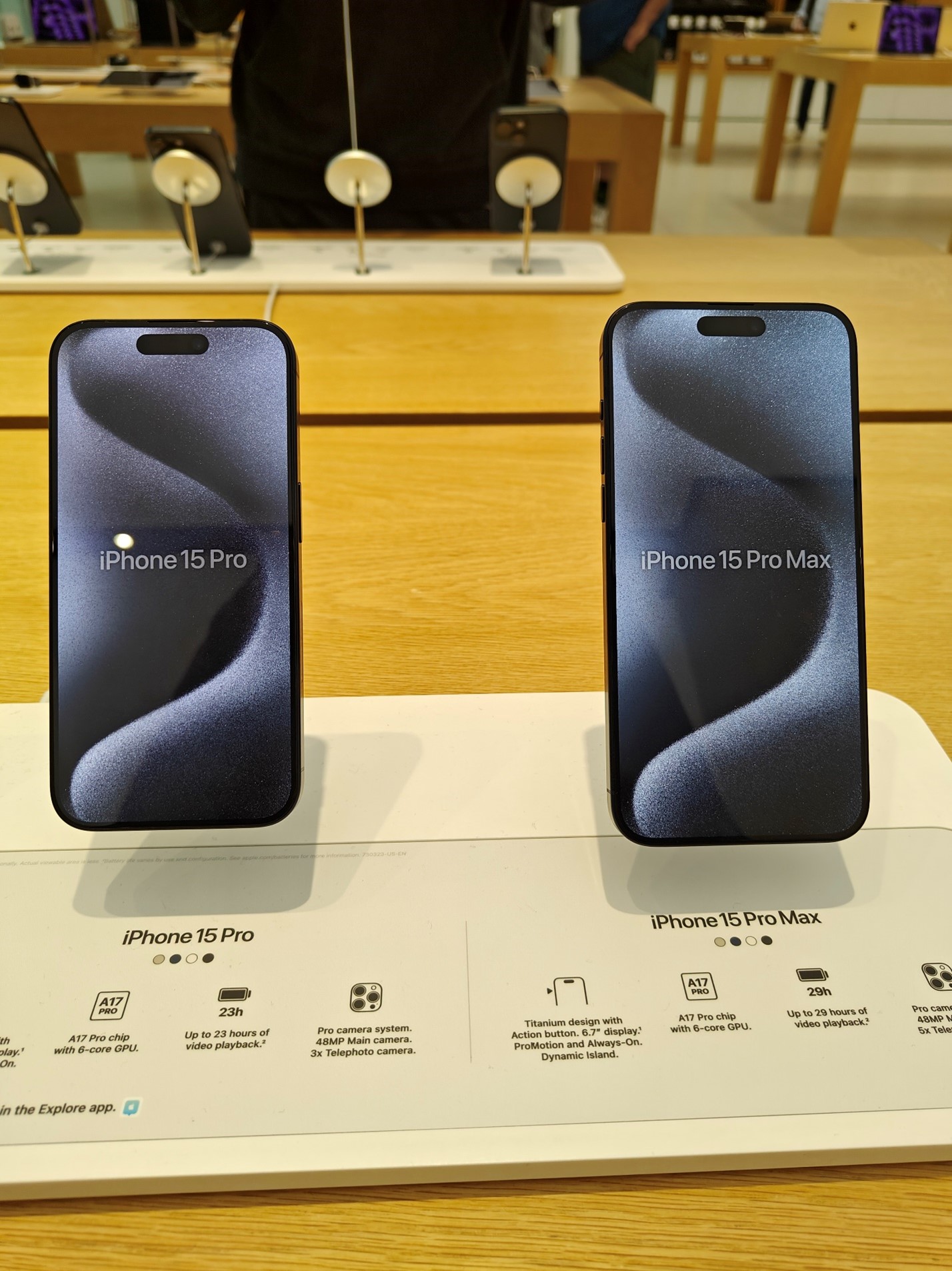
- Delivery times are increasing, even for the base models: Demand for all iPhones has increased compared to last year. Apple is projecting delivery dates of October 4-9 for the iPhone 15 and 15 Plus models and October 23-30 for the Pro models on the launch day for the base memory configuration and black color models. In comparison, the iPhone 14 only had a slight lag of four days for delivery while the iPhone 14 Pro models saw delivery times in the 4-5-week range – similar to the iPhone 15 Pro models.
- eSIM issues have largely subsided: When Apple first came out with eSIM-only iPhones last year, there were many issues with the initial transition from physical SIM swaps to eSIM. Carriers had to massively adjust their activation process and due to the large demand for iPhones during the launch, there were some bottlenecks that caused long delays for customers waiting to have their numbers transferred. Store representatives say this year the process has been much smoother and quicker.
- iPhone 15 Pro Max is being heavily promoted as a gaming machine: Store representatives have been given several talking points around the iPhone 15 Pro Max’s gaming capabilities. From hardware-accelerated ray tracing and a new 6-core GPU to USB-C-enabled 4K gaming on an external monitor, the new Pro series devices are being pushed as viable alternatives to consoles and other Android devices alike.

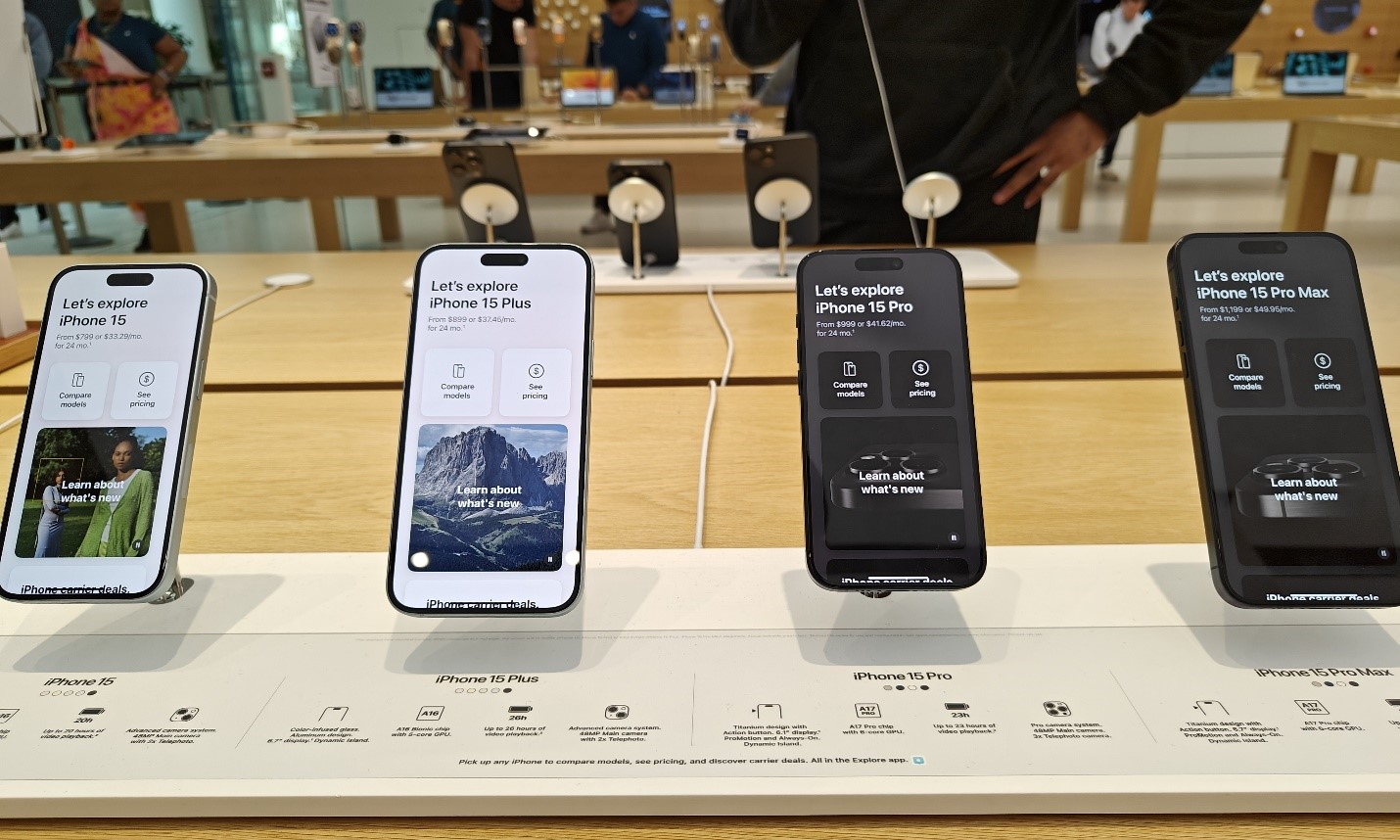
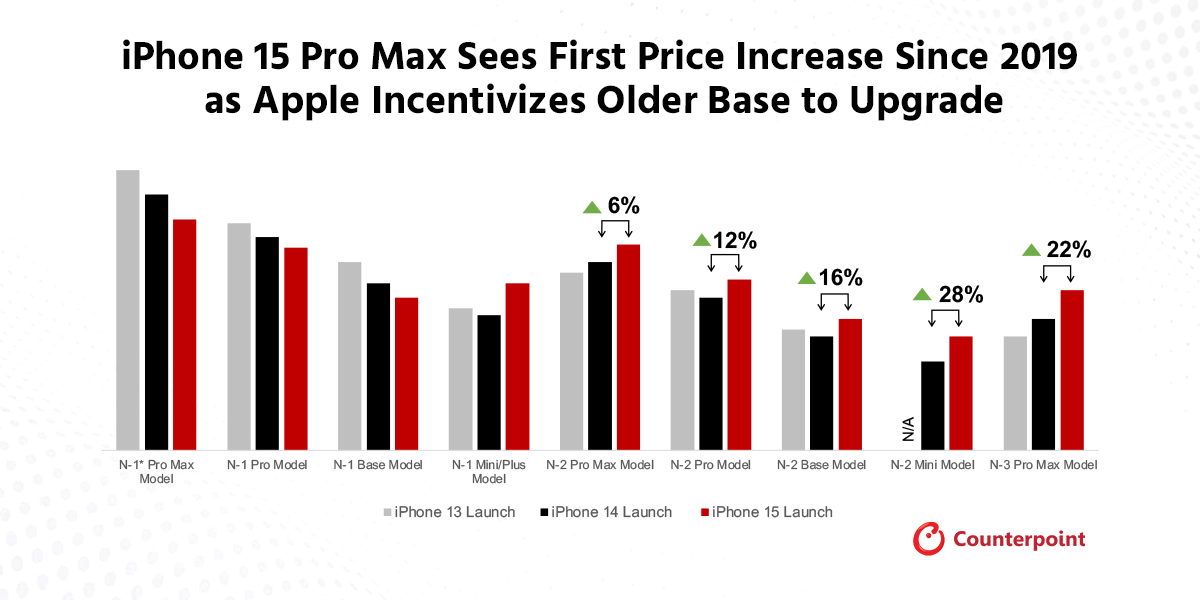
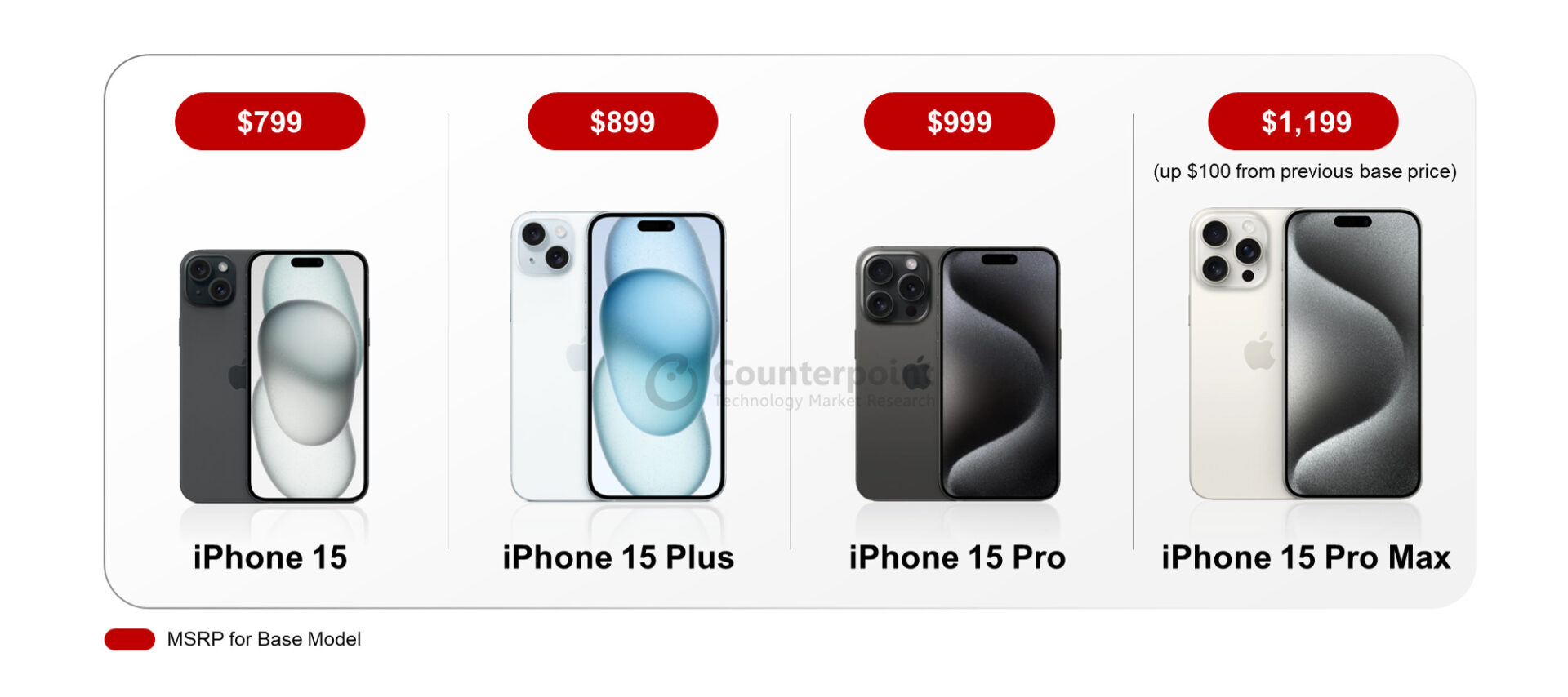
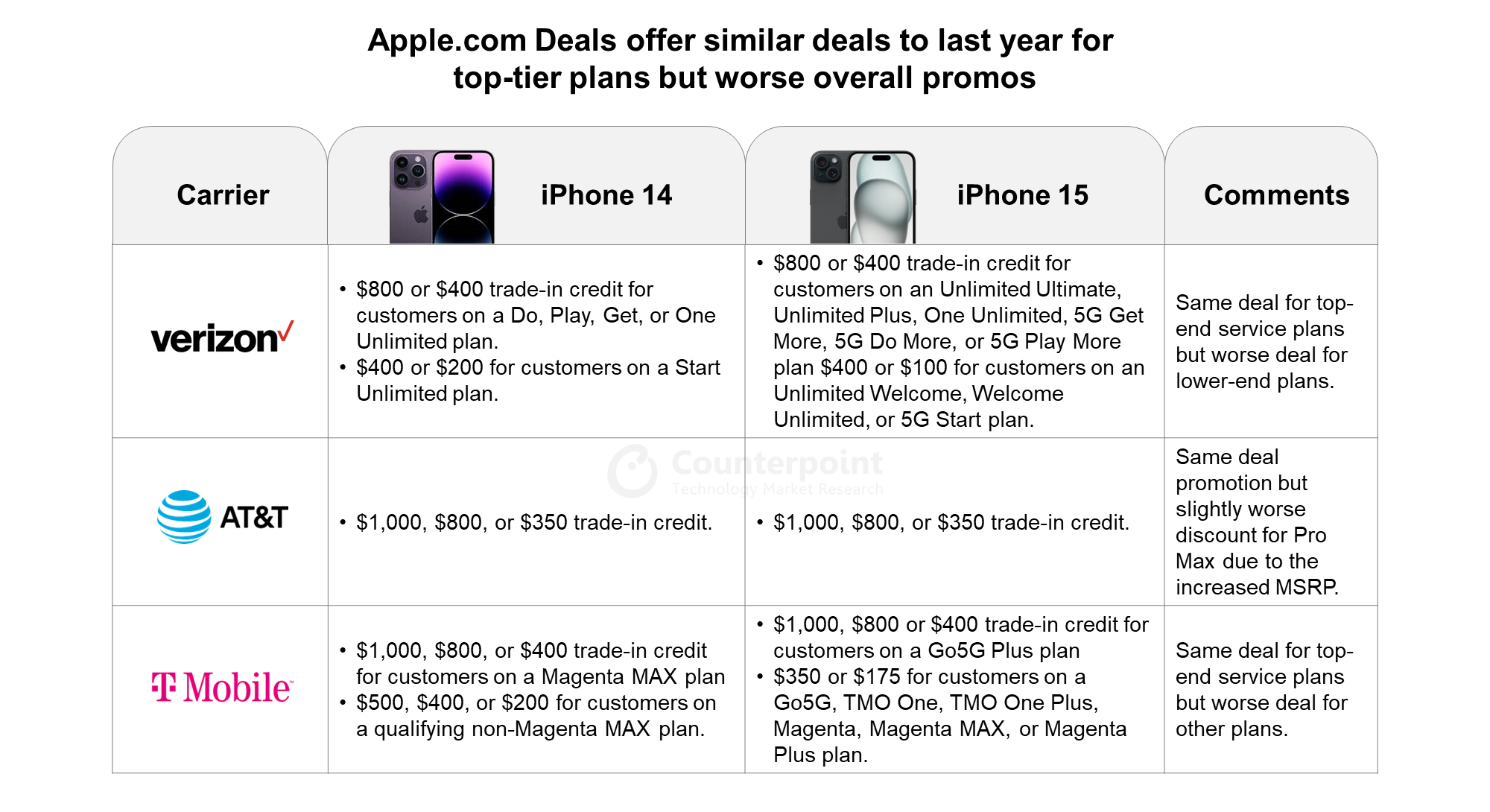
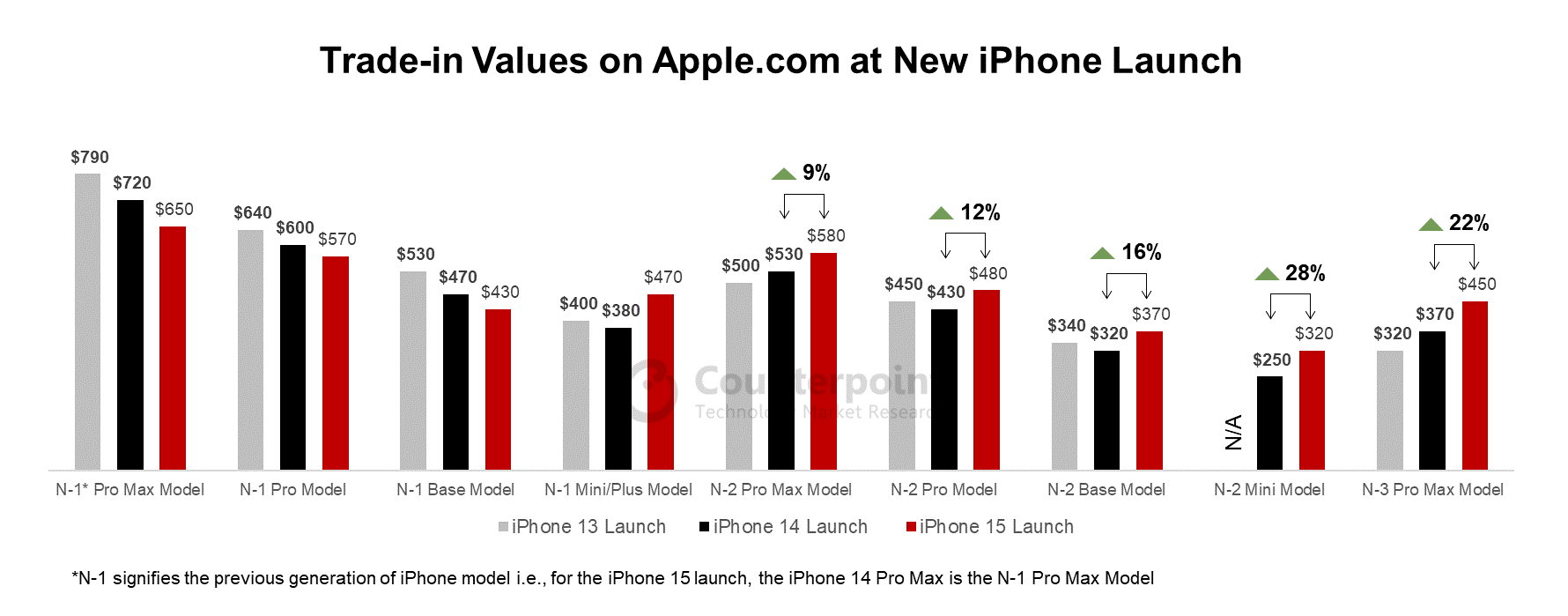


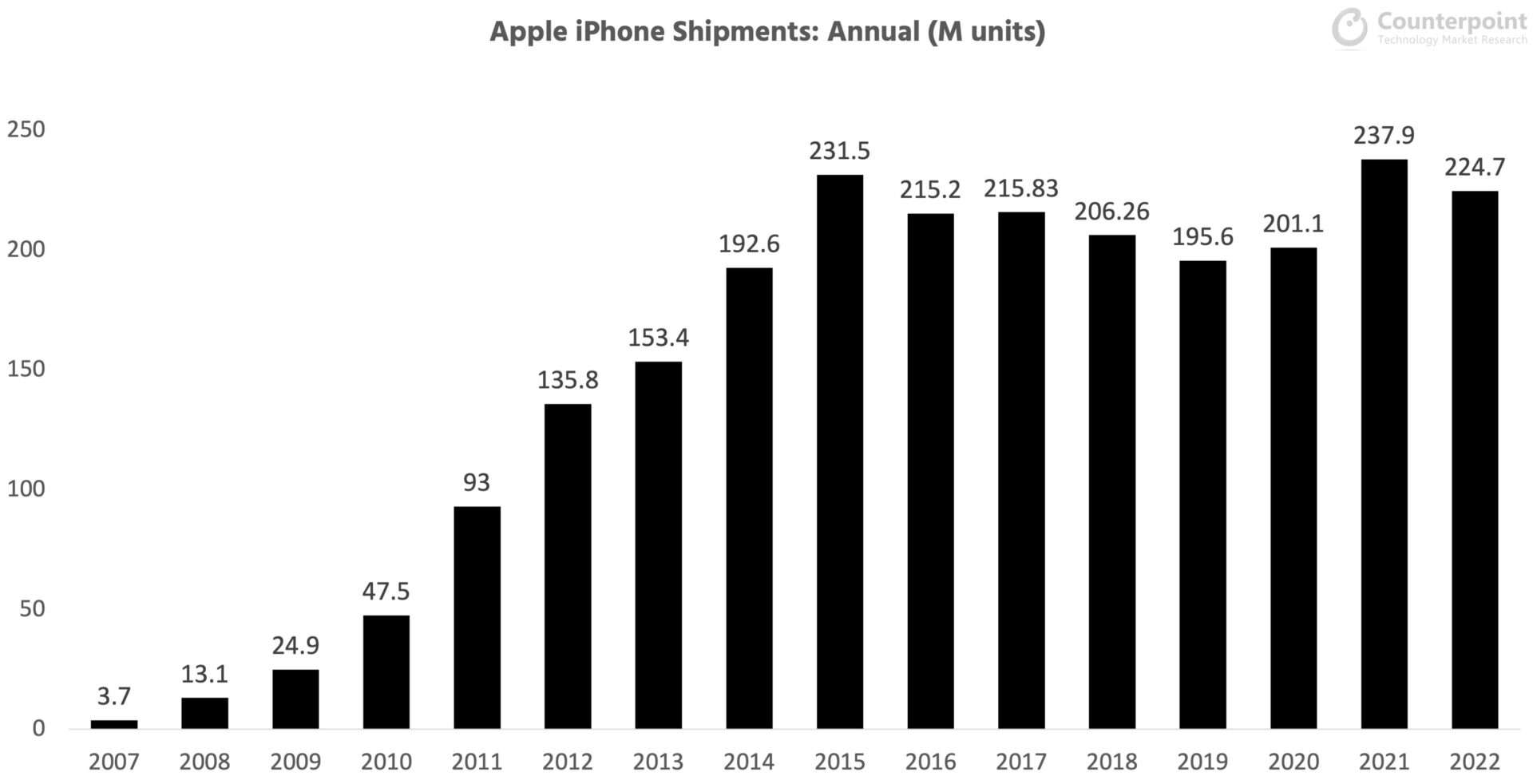
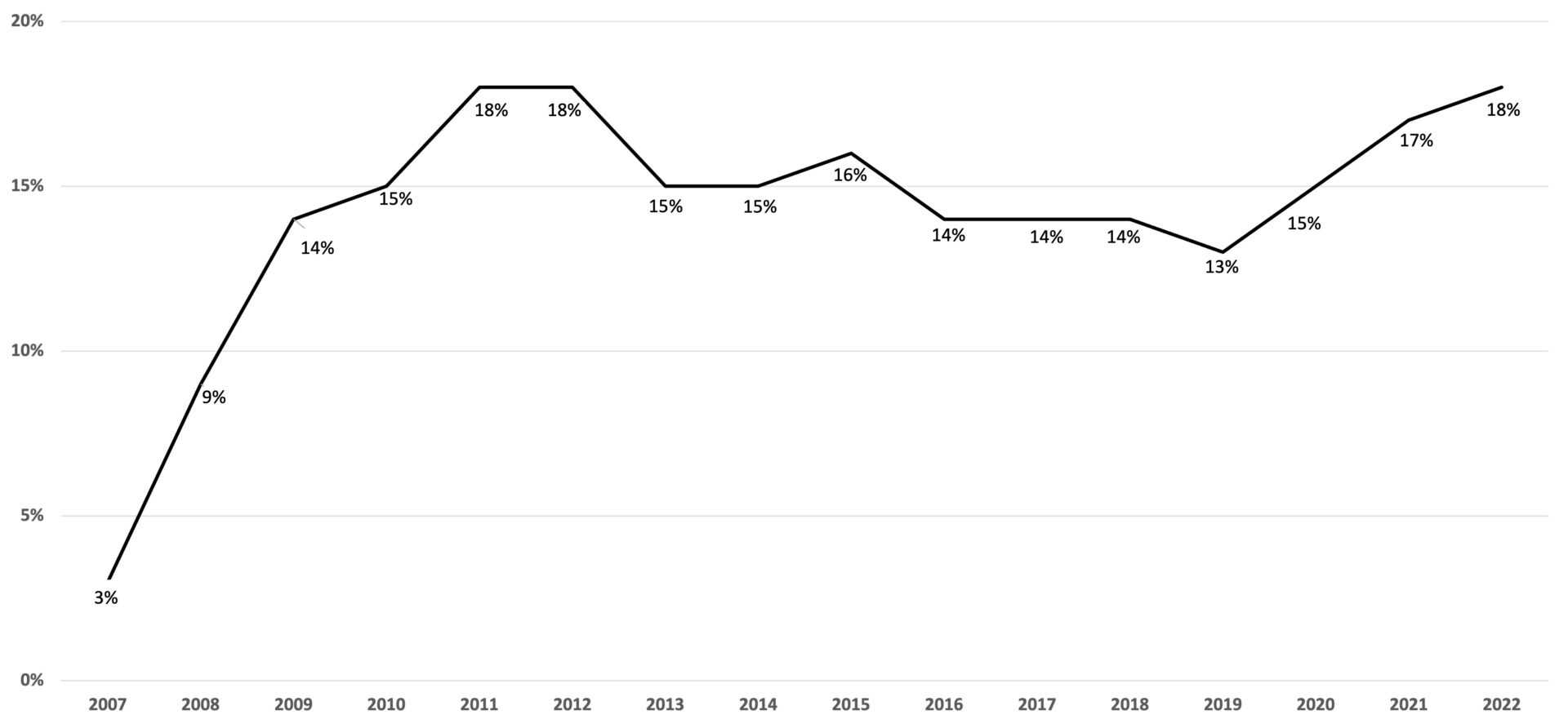
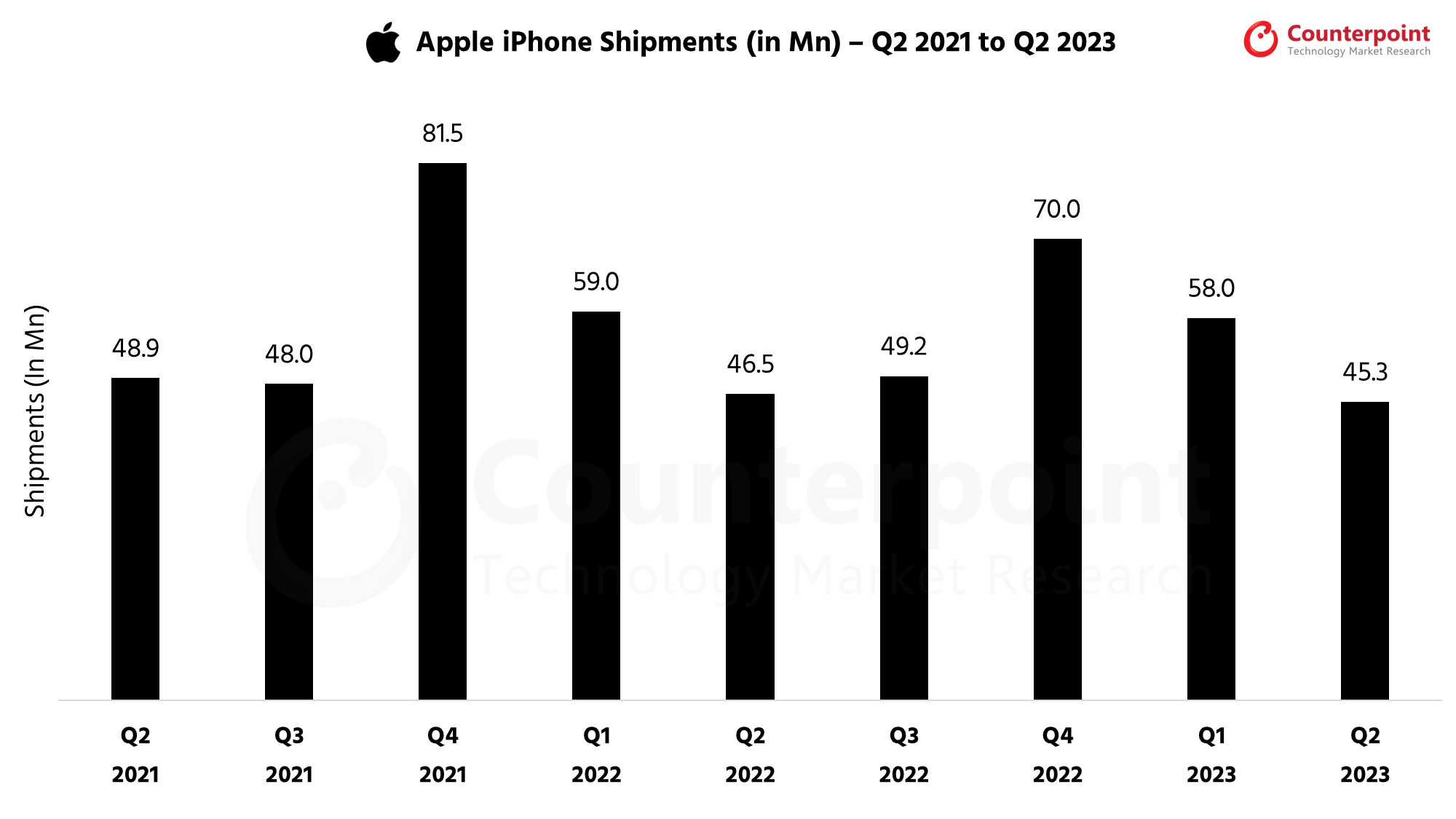
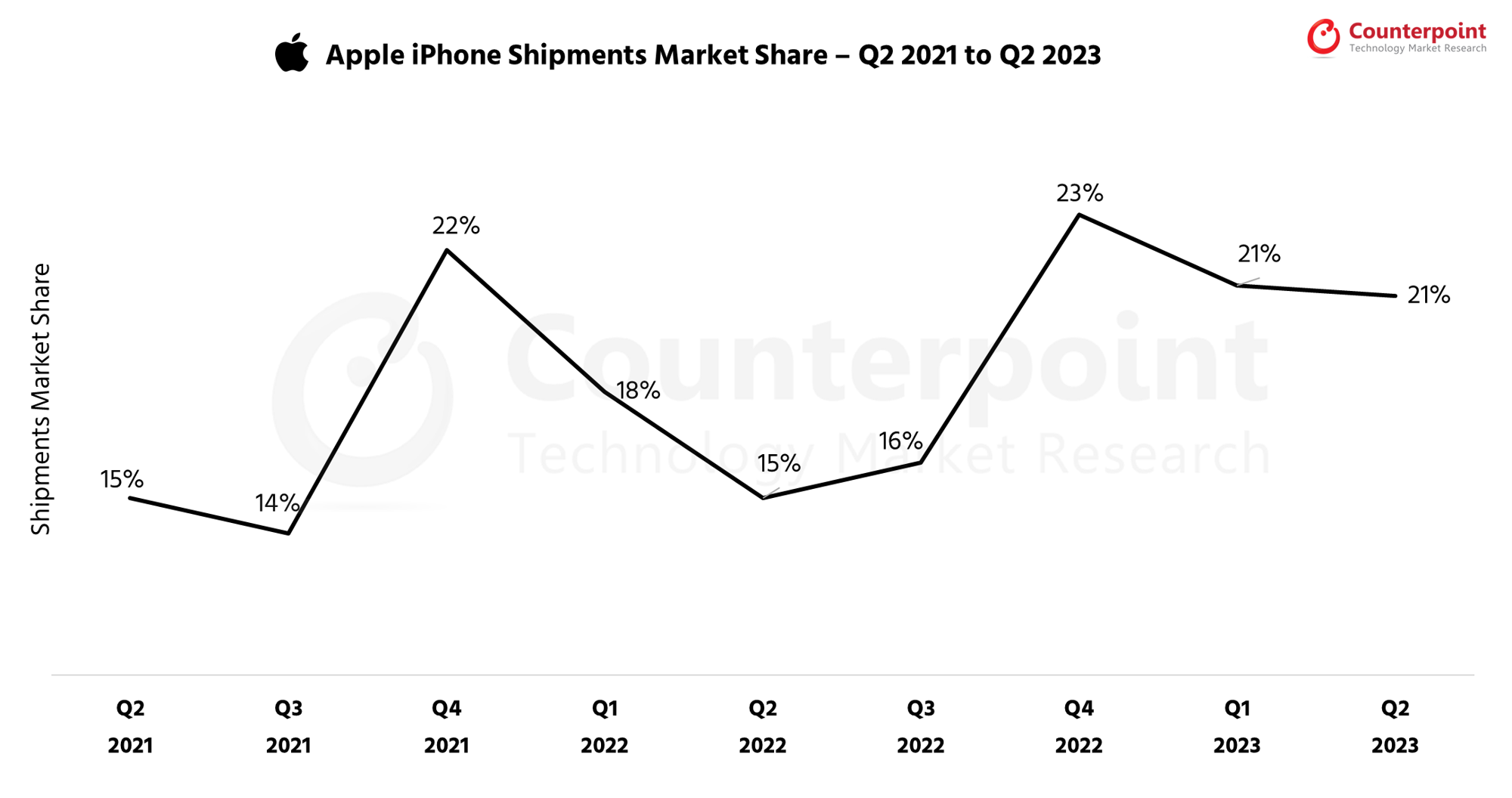





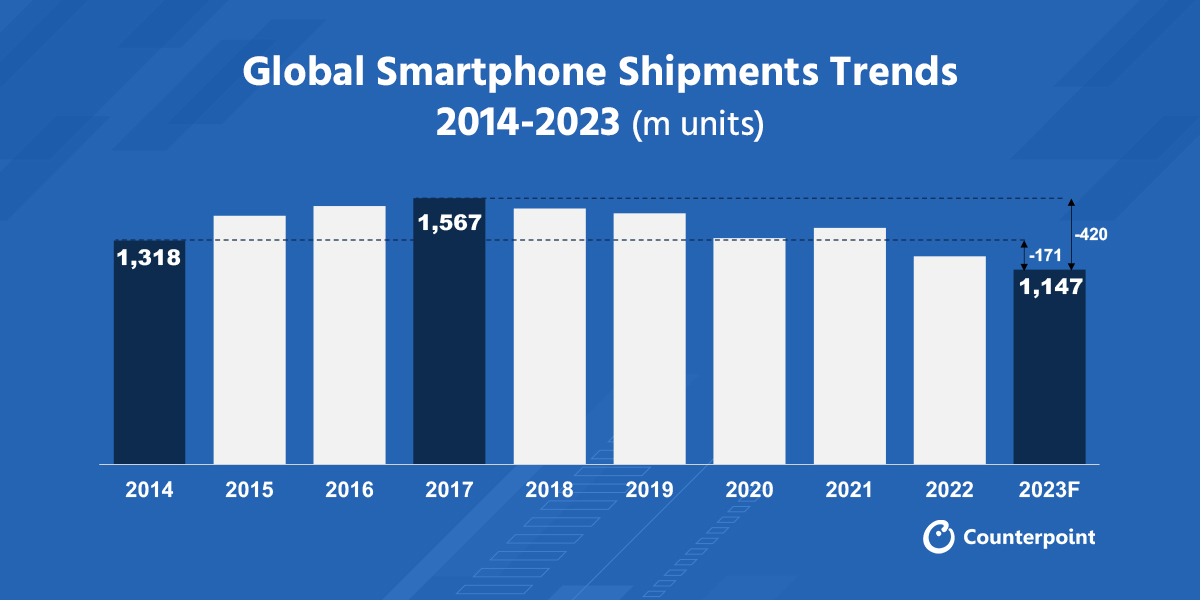
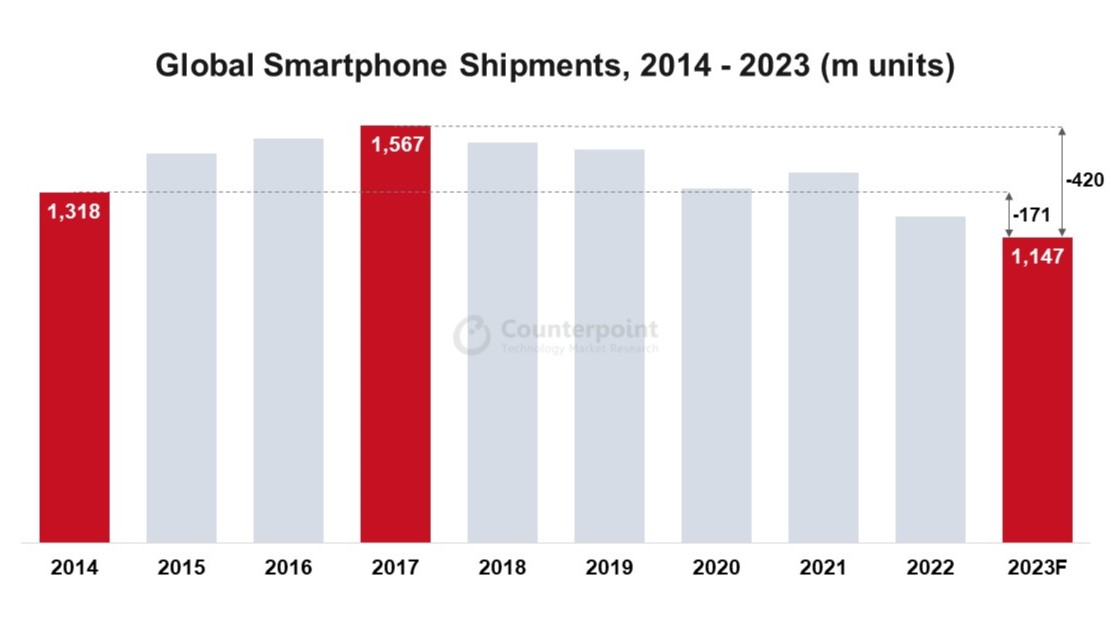 “There’s been a decoupling between what’s happening in the economy and consumers buying
“There’s been a decoupling between what’s happening in the economy and consumers buying 
